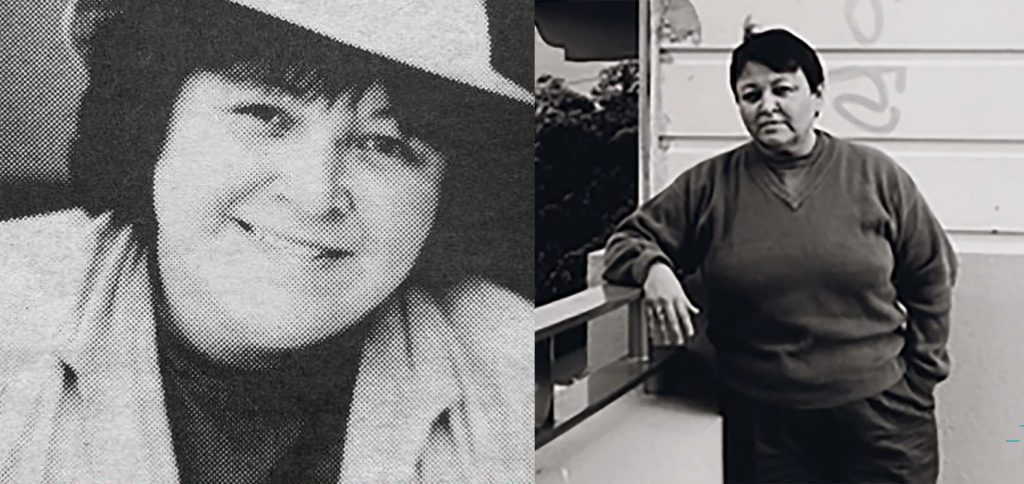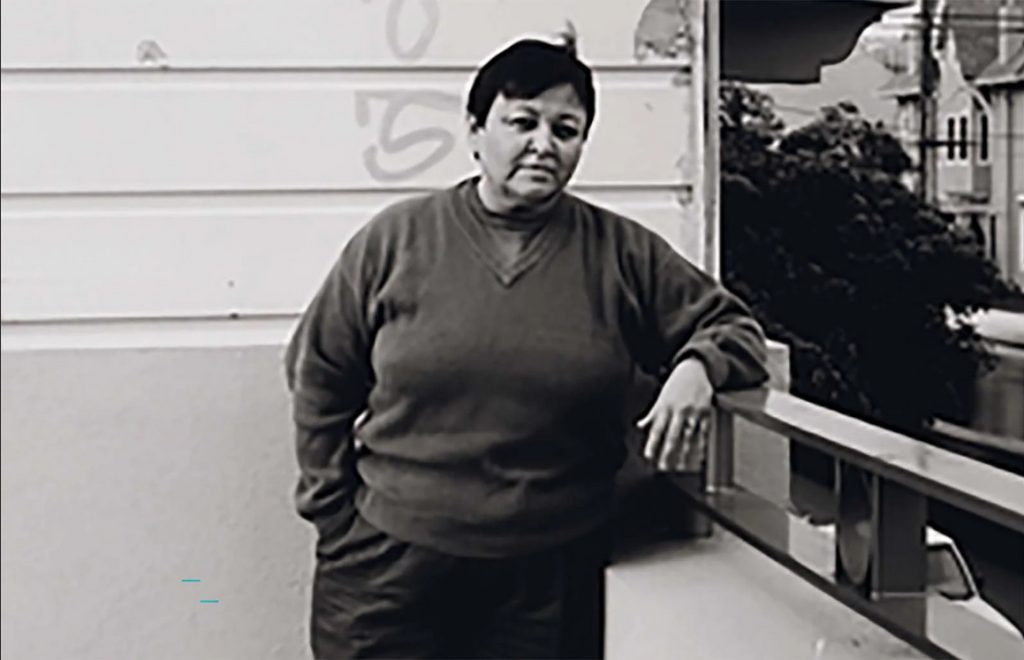
Introduction
Barbara May Cameron, a remarkable figure whose life was a tapestry of activism, art, and community service, remains an inspiring example of tireless dedication to social justice and cultural expression. Born in 1957, Cameron’s journey traversed through diverse landscapes, both geographically and metaphorically. From her roots in San Francisco to her advocacy work on Dakota reservations, she left an indelible mark on the world, challenging norms and advocating for the rights of marginalized communities. In this comprehensive exploration, we delve into the multifaceted life of Barbara May Cameron, tracing her evolution from a passionate activist to a celebrated artist and photographer whose legacy continues to resonate today.
Early Years and Activism
Born and raised in the vibrant city of San Francisco in 1957, Barbara May Cameron grew up amidst the backdrop of the civil rights movement and the tumultuous social upheavals of the 1960s. It was within this environment of fervent activism and cultural awakening that Cameron’s passion for social justice and equality was ignited. Influenced by the prevailing ethos of the era, she became actively involved in various grassroots movements, advocating for the rights of marginalized groups and challenging systemic injustices.
A Journey of Advocacy
Cameron’s journey of advocacy took her beyond the confines of her hometown, leading her to engage with communities across the country. Inspired by the resilience and spirit of the Lakota people, she dedicated herself to supporting indigenous rights and empowerment, particularly focusing on the challenges faced by those living on Dakota reservations. Her work encompassed a range of initiatives, from lobbying for improved healthcare and educational opportunities to raising awareness about environmental issues impacting indigenous lands.
Championing Women’s Rights
Central to Cameron’s activism was her unwavering commitment to advancing women’s rights and gender equality. Recognizing the intersecting forms of oppression faced by women from diverse backgrounds, she worked tirelessly to amplify their voices and address the structural barriers they encountered. Whether through organizing women’s shelters, advocating for reproductive rights, or promoting economic empowerment, Cameron was a steadfast champion of women’s autonomy and agency.
Art as a Tool for Social Change
In addition to her advocacy work, Barbara May Cameron found expression and solace in the realm of art. Embracing various forms of creative expression, including poetry, painting, and photography, she saw artist not only as a means of personal expression but also as a powerful tool for social change. Through her evocative imagery and thought-provoking compositions, Cameron sought to shed light on the human experience, capturing moments of resilience, joy, and struggle within marginalized communities.

The Power of Photography
Photography, in particular, became a central medium through which Cameron documented the stories of those often overlooked or marginalized by mainstream narratives. Armed with her camera, she ventured into communities across the country, bearing witness to both the beauty and the challenges of everyday life. From the bustling streets of San Francisco to the tranquil landscapes of Dakota reservations, her photographs served as a testament to the resilience of the human spirit and the enduring bonds of community.
Founding the Cameron Institute
Driven by her vision of creating positive social change through education and empowerment, Barbara May Cameron founded the Cameron Institute in the early 1990s. Serving as a hub for community organizing, research, and advocacy, the institute aimed to address pressing social issues through collaborative action and grassroots initiatives. Through its programs and partnerships, the Cameron Institute sought to build bridges across diverse communities and foster dialogue around issues of social justice and human rights.
Celebrating Diversity and History
Throughout her life, Cameron remained deeply committed to celebrating the rich tapestry of human diversity and history. Whether through organizing cultural festivals, curating art exhibitions, or documenting oral histories, she sought to honor the contributions of individuals from all walks of life. By elevating voices that had long been silenced or marginalized, Cameron hoped to inspire greater understanding, empathy, and solidarity among communities.
Recognition and Legacy of Barbara May Cameron
Barbara May Cameron’s contributions to the fields of activism and art have been widely recognized and celebrated. Over the years, she received numerous awards and accolades for her dedication to social justice and community service. In 2005, she was honored with the Freedom Award for her outstanding contributions to advancing civil rights and equality. Additionally, her photography has been exhibited in galleries and museums around the world, captivating audiences with its raw emotion and powerful storytelling.
Conclusion: Barbara May Cameron
In reflecting on the life and legacy of Barbara May Cameron, we are reminded of the transformative power of individuals who dare to challenge the status quo and envision a more just and inclusive world. From her early days of activism in San Francisco to her pioneering work on Dakota reservations, Cameron’s journey exemplifies the profound impact that one person can have on communities near and far. Through her unwavering commitment to social justice, her dedication to amplifying marginalized voices, and her creative expression through art and photography, she leaves behind a legacy that continues to inspire and uplift us all. As we commemorate her life and contributions, may we be inspired to carry forward her legacy of compassion, resilience, and hope for a better tomorrow.



